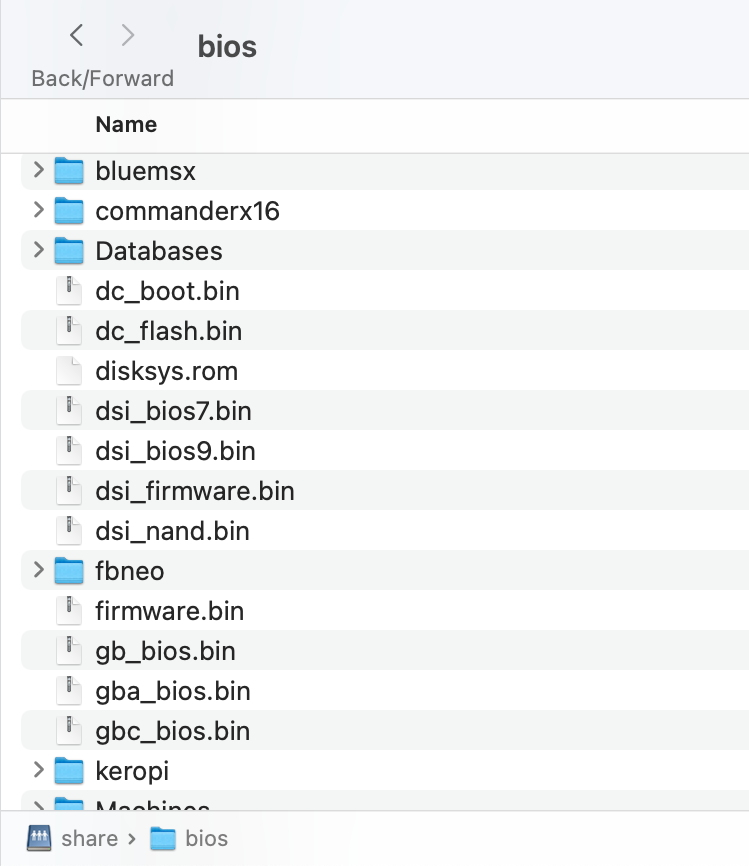
thirdBreakfast
The RovyVon Aurora A5 (G3) in my pocket with an SD. Love this little guy. I've actually killed one with the washing machine (I lost the USB plug after I'd pulled it out to dry it after a previous washing machine incident, and so it got washed without the plug which I don't recommend) and replaced with a Fenix E05R.
That Fenix has a very cool screwed in with an o-ring deal for waterproofing and WILL survive the washing machine, but, I didn't love it the same, and gave it away so I could buy another Aurora A5.
There's a few variants of the A5 - mine is glow in the dark - strong enough that if you charge it with the inbuilt UV led you can still find it in your tent all night, simple interface, good choices for brightness, which it remembers between cycles, and standard USB C charging. Great stuff.
On my keys, the Olight i1R 2 - Mine does not look like that picture! It's been jingling against my keys going on three years. You can still see it's desert tan around the barrel, but the knurled parts (it's a twisty with two brightness levels) have a delicious tan/aluminum patina that makes me smile every time I dump my keys in the bowl. 150 lumens out of something the size of a pinky on a band saw is the sort of thing that satisfyingly impresses little kids.
I know these seem commercial and simple to real lightheads who know about led/tint combos (my A5 rocks a Nichia 219C), but these things give me pleasure every day and cost very little. They are both great choices as gifts for any muggles in your life.
Didn't Tom Hanks invent this in "Big"?
Great comprehensive answer. The only thing I might have added (at the risk of confusing things) is that Codeberg is a non-profit, community-led effort that provides Git hosting (with Forgejo), so a sort of open source GitHub
Look up the same home address on the OpenStreetMap web page, then you'll know if there's something magic in Magic Earth or if the issue is with Organic Maps.
Magic Earth does uses other sources (for example Wikipedia) for location sources, so it's possible they are using some other database since they're (Magic Lane's) business is selling developer tooling for this sort of thing.
Good question. I think it's basically a demo app for their location based libraries you'd use to build like a custom ambulance service routing solution.
I'm a fan, although I'm not sure it's a great name. It helps keeps my motivation for updating OSM going.
Is there an easier way to give them money than becoming a member?
I started doing this, maybe 15 years ago, but if I look through my spam folder now, most of it is to the email address I used before I began using unique addresses (the rest is to random addresses in my domains that I've never used).
My hypotheses from that are that
- there is probably less 'selling of email lists' going on than we think
- I'm less interested in dubious internet sites than I used to be
- or (most likely) these days, your internet thing has to be offering me some real value if I'm going to consciously give you any of my data.
I've used this (paid for it) a bit, and it seems better - but when I get busy it falls away and I'm just working on maintaining my duolingo streak :-( I think MemRise is better as long as you appropriately motivated.




